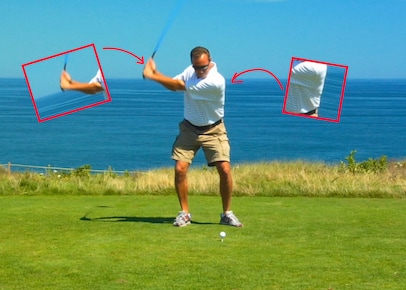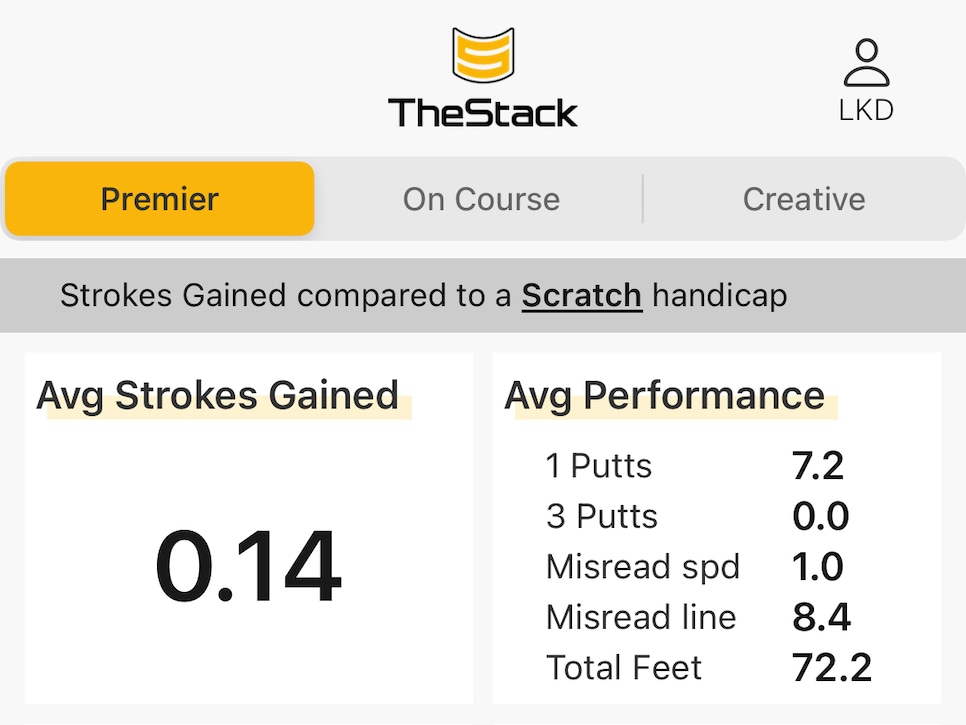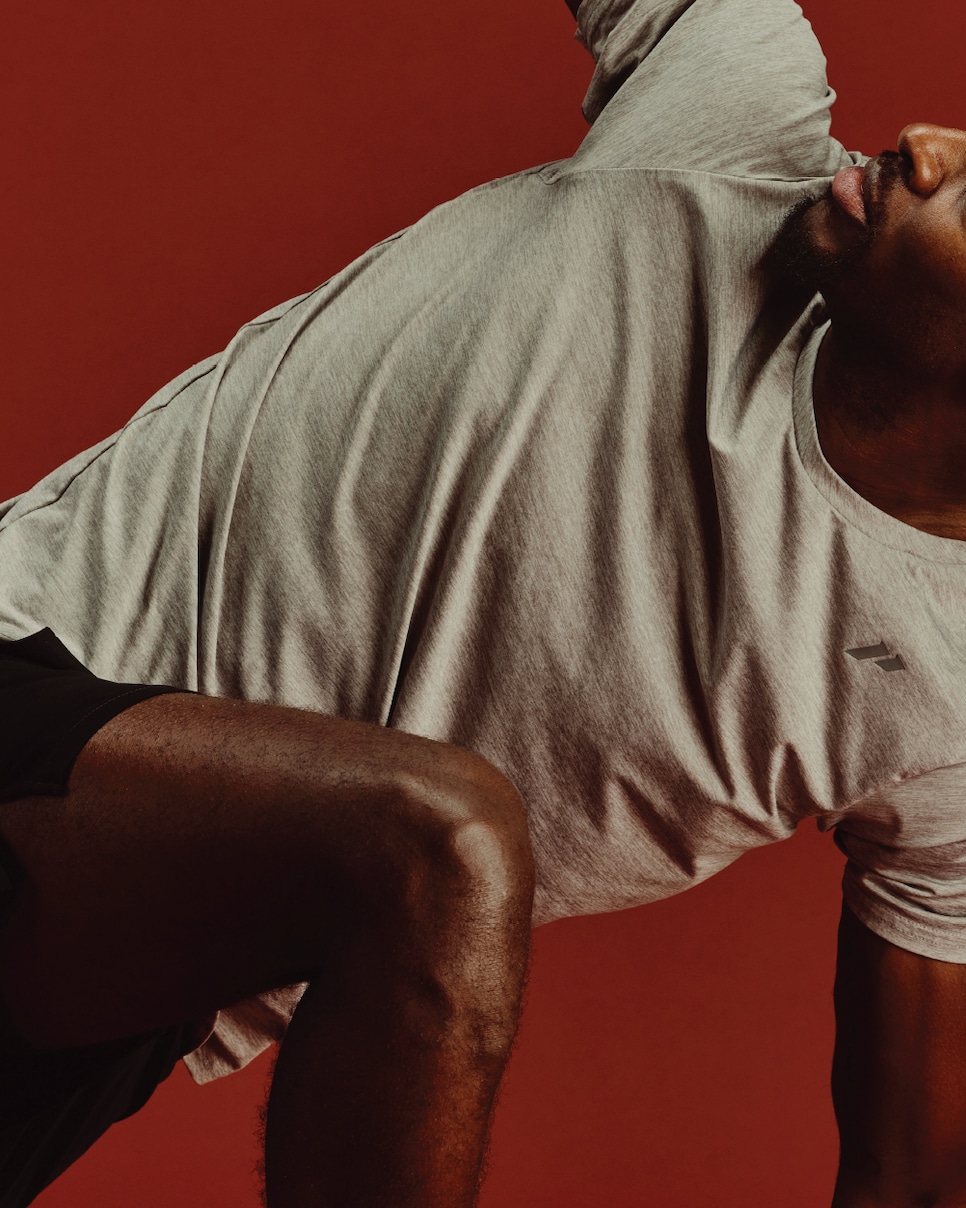I want to start speed training this winter, but I don’t want to get hurt. Should I be worried? – Australian Golf Digest

- by Admin
- October 11, 2024

We’re nearing the end of the golf season for those in northern climates, which means it’s time to start assessing how the year went. What did you do well and what aspects of your game should you work on this off-season to come back next year a better player?
For many golfers, getting longer off the tee is near the top of their wish list—and for good reason, as the stats support that an increase in driving distance one of the best things you can do to lower your scores. But that’s where things get murky. You want to get longer, but you don’t want to ruin your technique, or worse, get injured.
MORE: Join our Happy Hour with a top fitness trainer on Tuesday, October 15 at 8:30 p.m.
During a recent Golf Digest Happy Hour, we put that question to Dr. Sasho MacKenzie, who as the co-founder of The Stack speed training system is one of the strongest proponents for training your body to crank up clubhead speed. How can we get longer off the tee this winter without getting injured?
There are many speed-training devices out there, many of which, like The Stack, focus on overspeed and overload training. Research has proven that taking fast air swings with weighted sticks—some much lighter than a golf club (overspeed) and slightly heavier (overload)—can help golfers increase clubhead speed.
Since you’re not contacting the ground while making these speed swings, MacKenzie says they’re easier on the body than a typical range session. “You are more likely to injure yourself just golfing then you are taking air swings,” MacKenzie says to those worried about pulling a muscle while speed training.
The reason that taking air swings isn’t as taxing as hitting balls off the ground is because there is no additional force at impact, when typically, the club collides with the turf. This force, MacKenzie says, is what causes common golf injuries like tendonitis. What’s worse, hitting off mats exacerbates these injuries.
“The forces that go through the body when you impact the ground or a mat are much higher than the forces that are generated during a swing,” he says.
Think of the last time you took a swing and accidently hit a root under your ball. Painful, right? That’s an extreme example of how the ground is affecting the body on every shot, albeit in a much smaller way. When you remove that impact collision, like you do when taking air swings, you’re less likely to jam a wrist, develop tendonitis or pull a back muscle.
A critical reader clearly sees the conflict of interest here. As the owner of a speed-training product, of course MacKenzie will defend its safety. But even MacKenzie concedes that to safely get longer, you need to balance your speed training with whatever other golf activities you’re doing.
If you’re doing overload training too frequently, while also going to the range and playing golf four or five days a week, he says, you risk doing too much volume, which can increase your likelihood of injury.
That’s why if you choose to start speed training, it’s essential to tailor your routines based on the time of year, factoring in how much golf you’re playing. In the off-season, it might be OK to train a little harder, but make sure to lower the volume once you start playing more frequently again.
That’s how you limit your injury risk while training your body to increase speed. The last key? A thorough warmup. Even though you’re swinging a lighter object when overspeed training, your muscles need to be primed before you start, MacKenzie says.
And as always, listen to your body. If you’re sore, take a day or two off. We’ve got quite a few months until spring.
More From Golf Digest Happy Hour How to train your body to fix your golf swing  Happy Hour These two common swing moves feel powerful, but they’re actually huge speed killers
Happy Hour These two common swing moves feel powerful, but they’re actually huge speed killers  Golf Digest Logo How Min Woo Lee squeezes every ounce out of his drives
Golf Digest Logo How Min Woo Lee squeezes every ounce out of his drives
This article was originally published on golfdigest.com
The Latest News
-
November 15, 2024This brutal tour-approved game is great for your lag putting – Australian Golf Digest
-
November 15, 2024India’s secret session in bid to continue Aussie dominance
-
November 15, 2024It’s a legal way to aim your putter better—why don’t more golfers do it? – Australian Golf Digest
-
November 15, 2024The TGL is using real grass for its indoor golf league. Here’s how they’re making it work – Australian Golf Digest
-
November 15, 2024Australian Cricket All-Rounder Powers Australian Team To Victory





